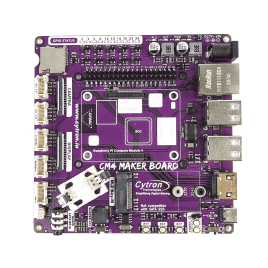Your shopping cart is empty!
Lesson 1 : GPIO, Grove port & Maker port
- Abdul Salam A Haris
- 09 Mar 2023
- Tutorial
- 519
When using the board and making your own DIY projects, it is crucial to have a thorough understanding of the various parts of the CM4 Maker Board. Each component on the board is clearly identified by a label in Figure 1 and the GPIOs breakout in Figure 2 makes it straightforward to traverse and comprehend.
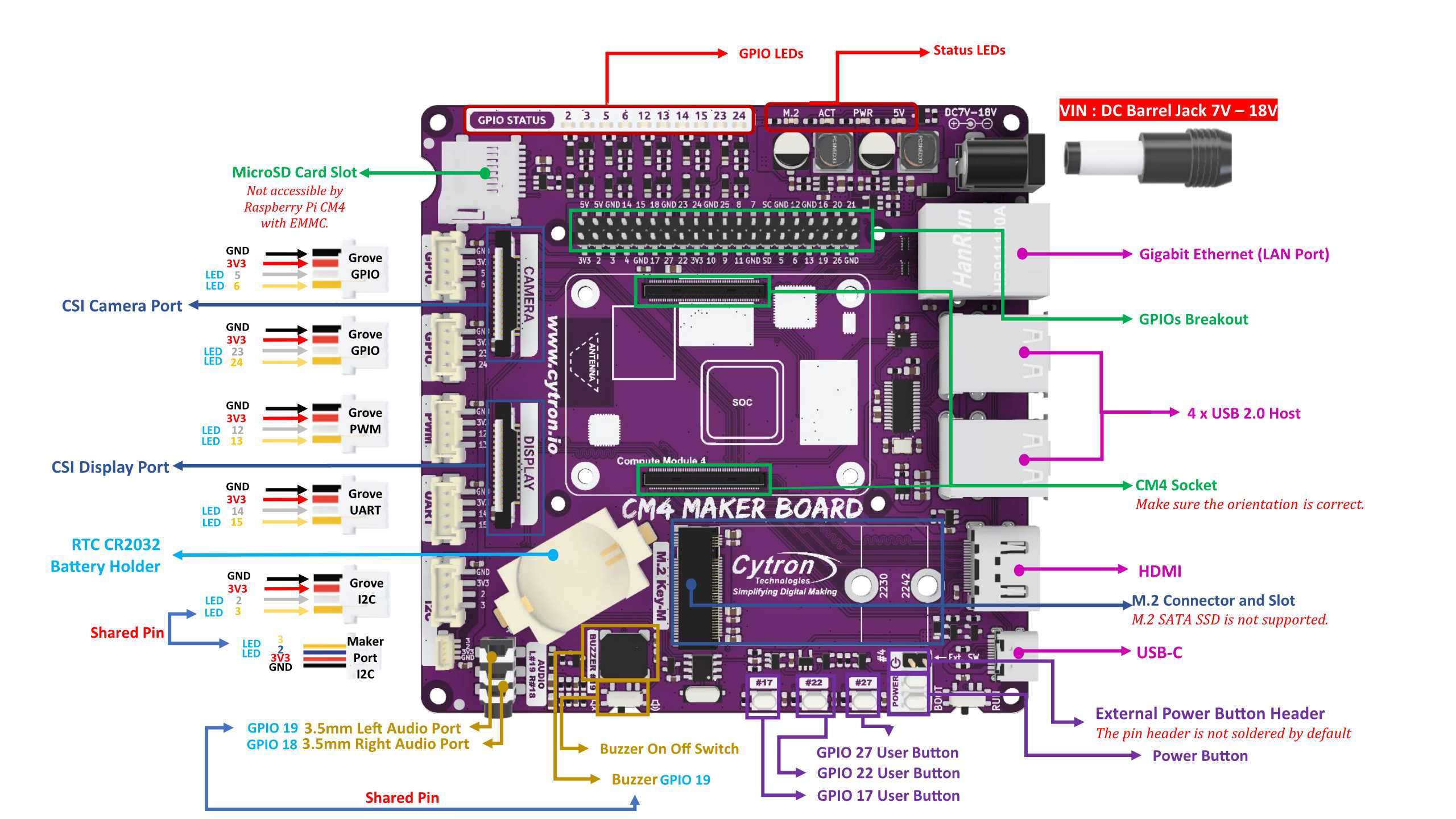
Figure 1: CM4 Maker Board Label.
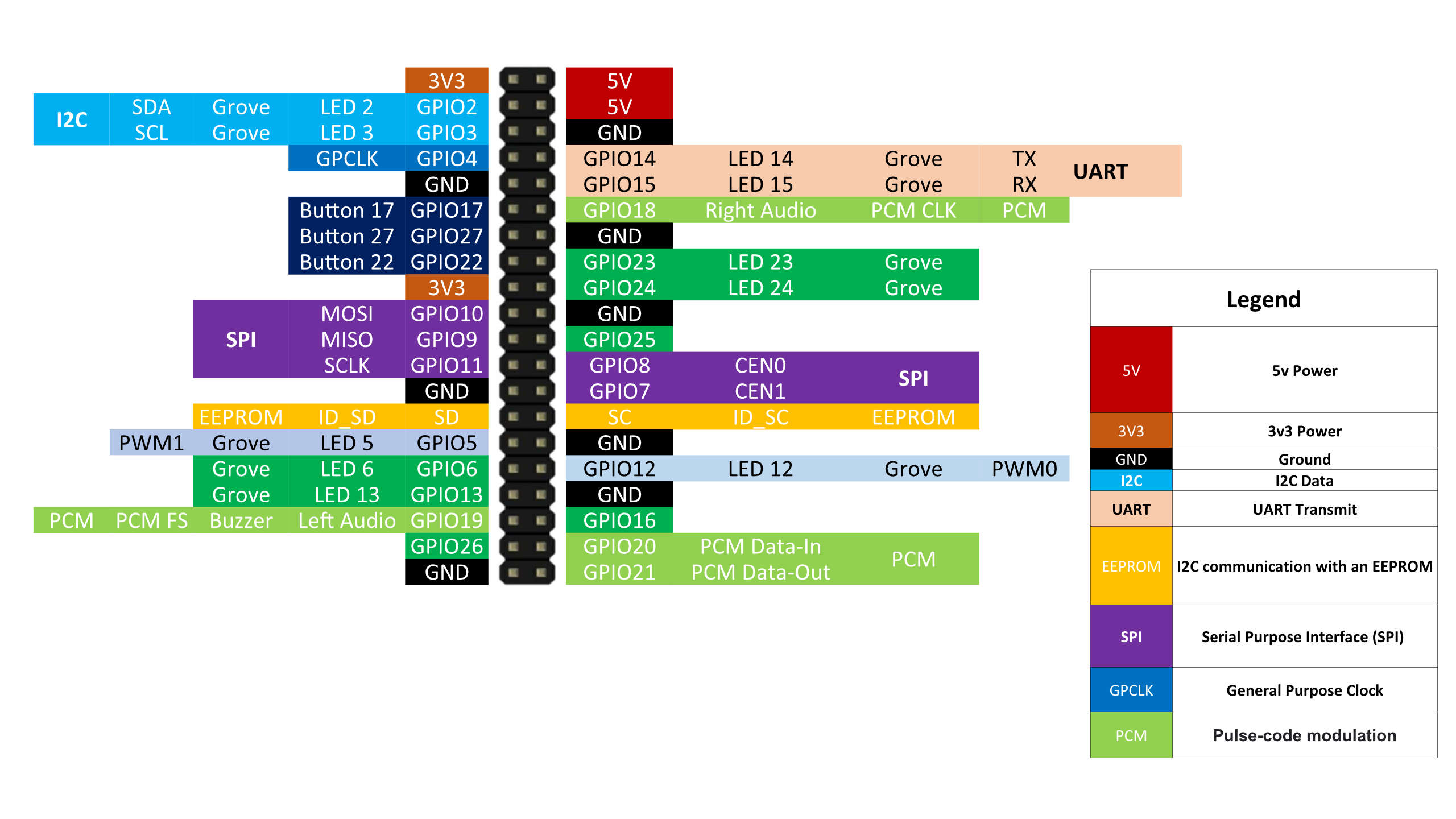
Figure 2: The GPIOs Breakout.
You're in luck if you're seeking a straightforward and efficient method to use your CM4 Maker Board to drive a tiny servo. The signal pin on GPIO13 is used in the following example to connect a micro servo, allowing you to simply control its motions and position.
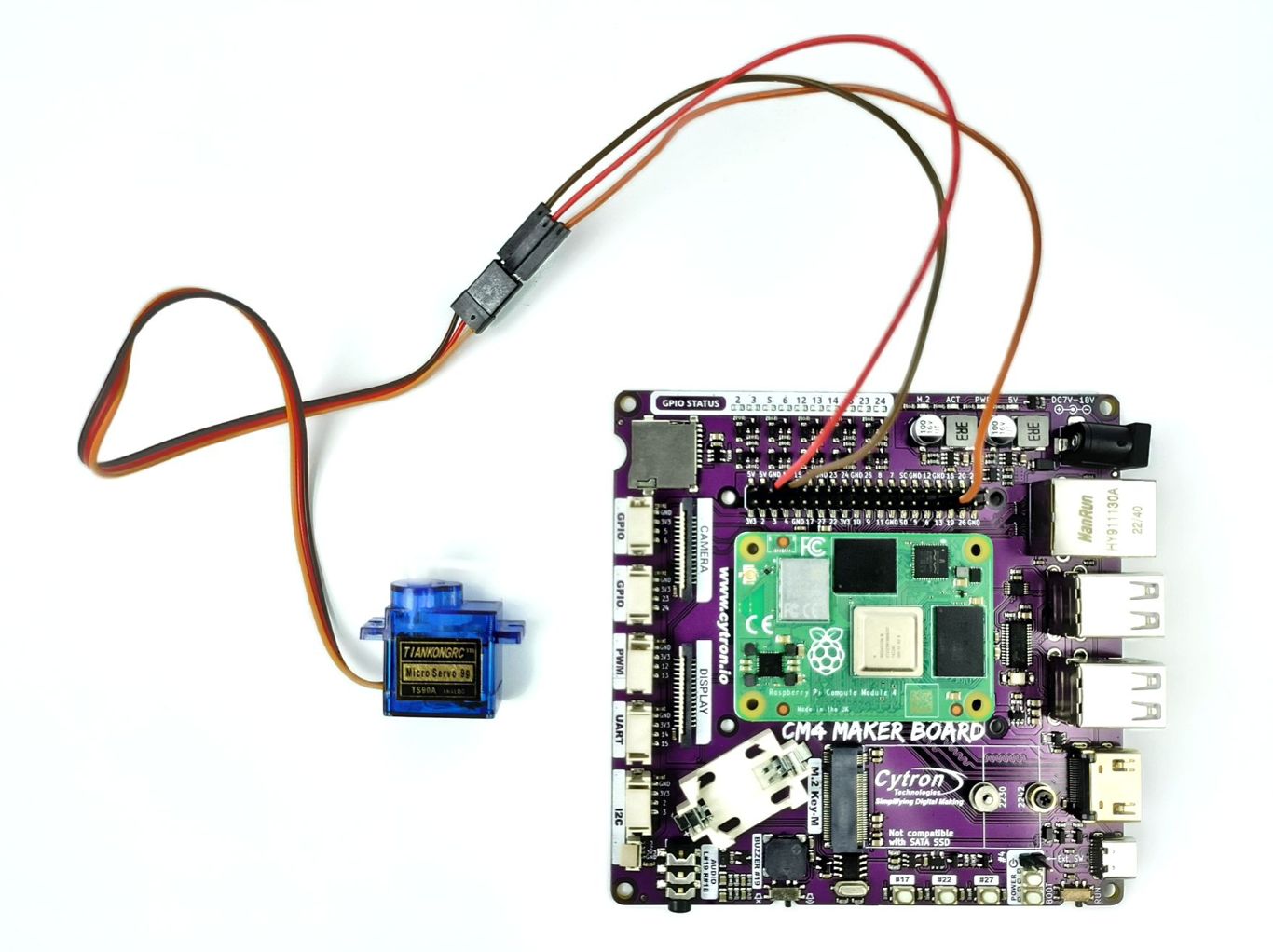
Figure 3: Servo on the CM4 Maker Board.
You may quickly and easily start detecting motion and other motions in your environment by following instructions to connect your PIR sensor to one of the Grove ports on your CM4 Maker Board. This can be immensely helpful for a huge variety of tasks, from home automation systems to security and surveillance applications.
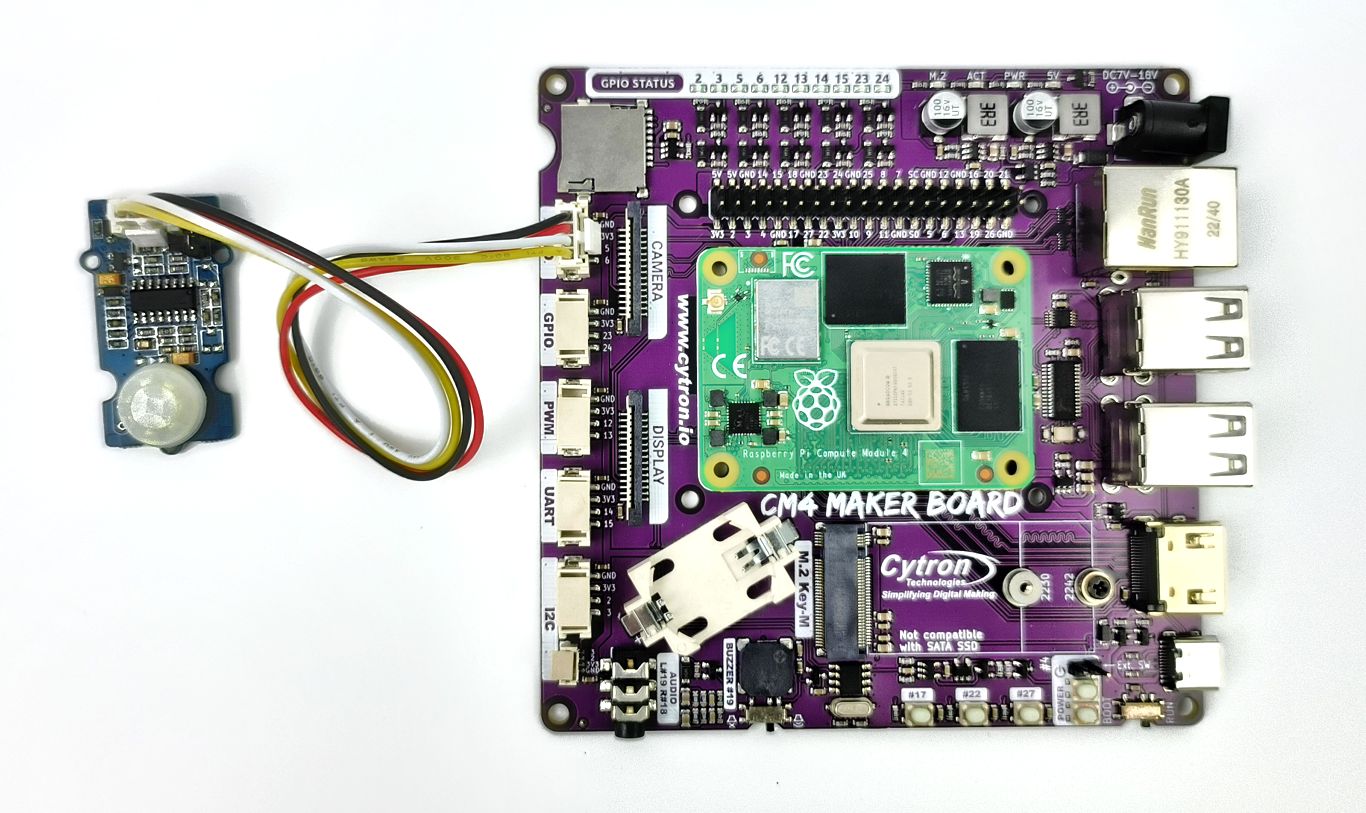
Figure 4: PIR sensor on the Grove Port CM4 Maker Board.
You're in luck if you're seeking for a quick and easy way to use the Maker port on your CM4 Maker Board. The DHT11 sensor, a well-liked and adaptable sensor that can be used to monitor temperature and humidity, will be used in this example.
You can quickly connect your DHT11 sensor to your Maker port and gather temperature and humidity data by following the example.
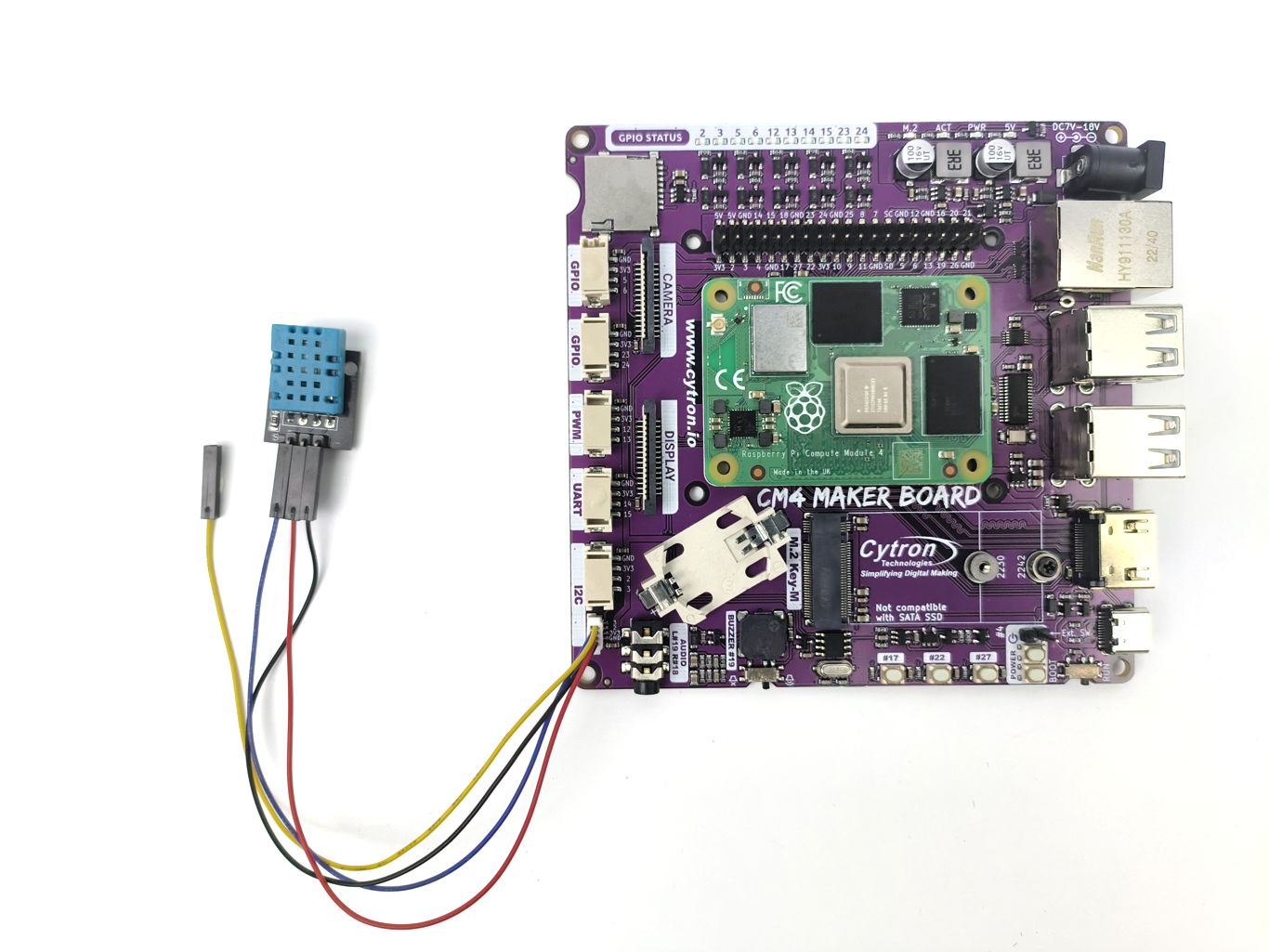
Figure 5: Connection between the DHT11 sensor and CM4 Maker Board.
It's critical to comprehend the fundamentals of how sensors like the DHT11 operate and are connected to your CM4 Maker Board while working with them. In this instance, the Maker port, a multipurpose port that may be used for a variety of other sensors and devices, is linked to pin 2 on the DHT11 sensor's signal pin.
But, you must first install a library for the DHT11 sensor before you can use it with your CM4 Maker Board. You will be given all the resources and features required by this library to connect to the sensor and begin data collection.
pip3 install adafruit-circuitpython-dht
sudo apt-get install libgpiod2
Hardware Components
Grove 4 Pin Buckled 20cm Cable
$0.33 $0.33
Grove - PIR Motion Sensor
$11.25 $11.25
Analog Micro Servo 9g (3V-6V)
$3.00 $3.00
RPi Compute Module 4 with Wireless 4GB RAM Lite
$60.50 $60.50
CM4 Maker Board & Kits : Maker’s Carrier Bo...
$56.00++ $56.00
Analog Micro Servo 9g (3V-6V)
Not Available
 International
International Singapore
Singapore Malaysia
Malaysia Thailand
Thailand Vietnam
Vietnam
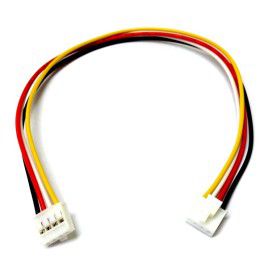
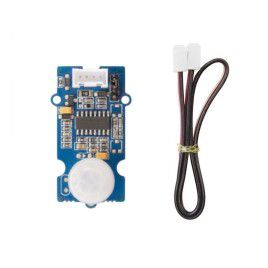
-268x268.jpg)
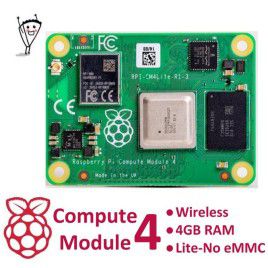
-268x268.jpg)
